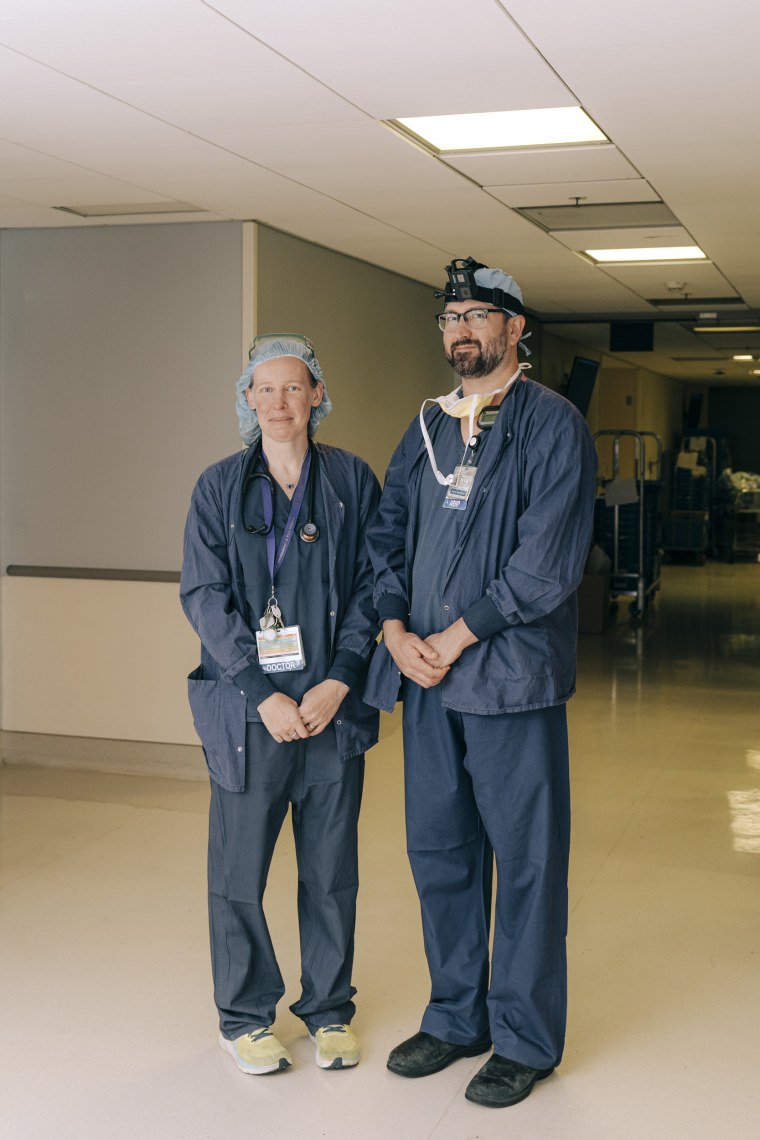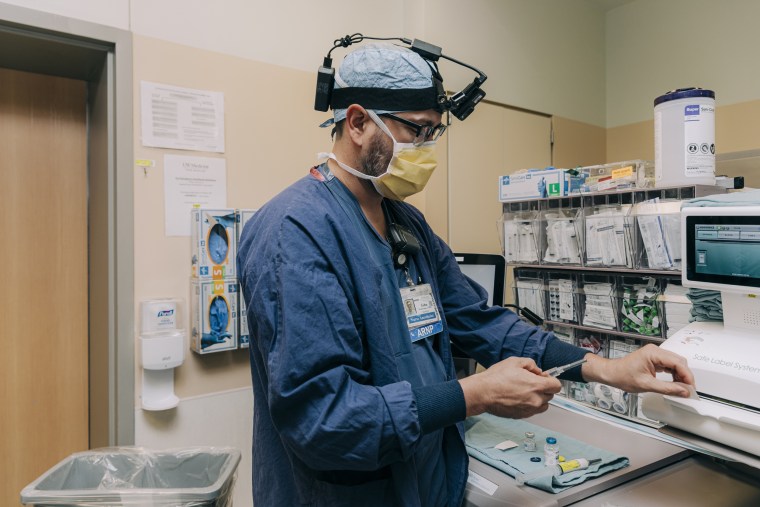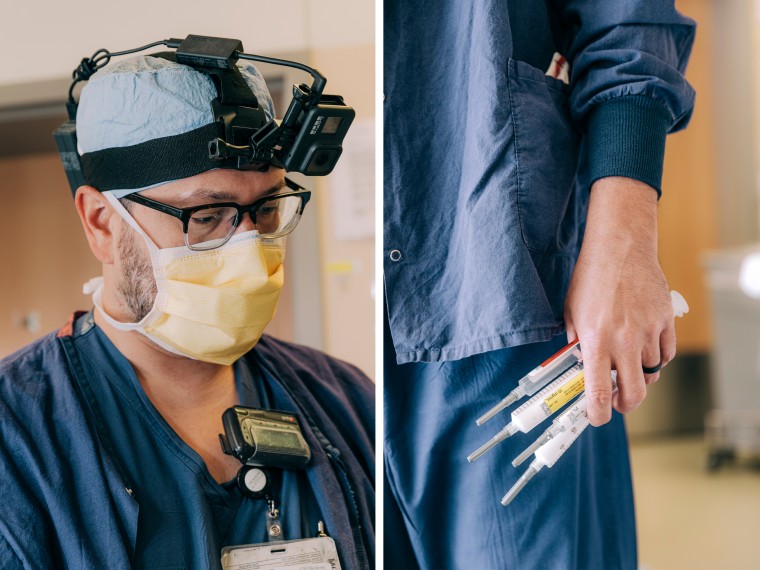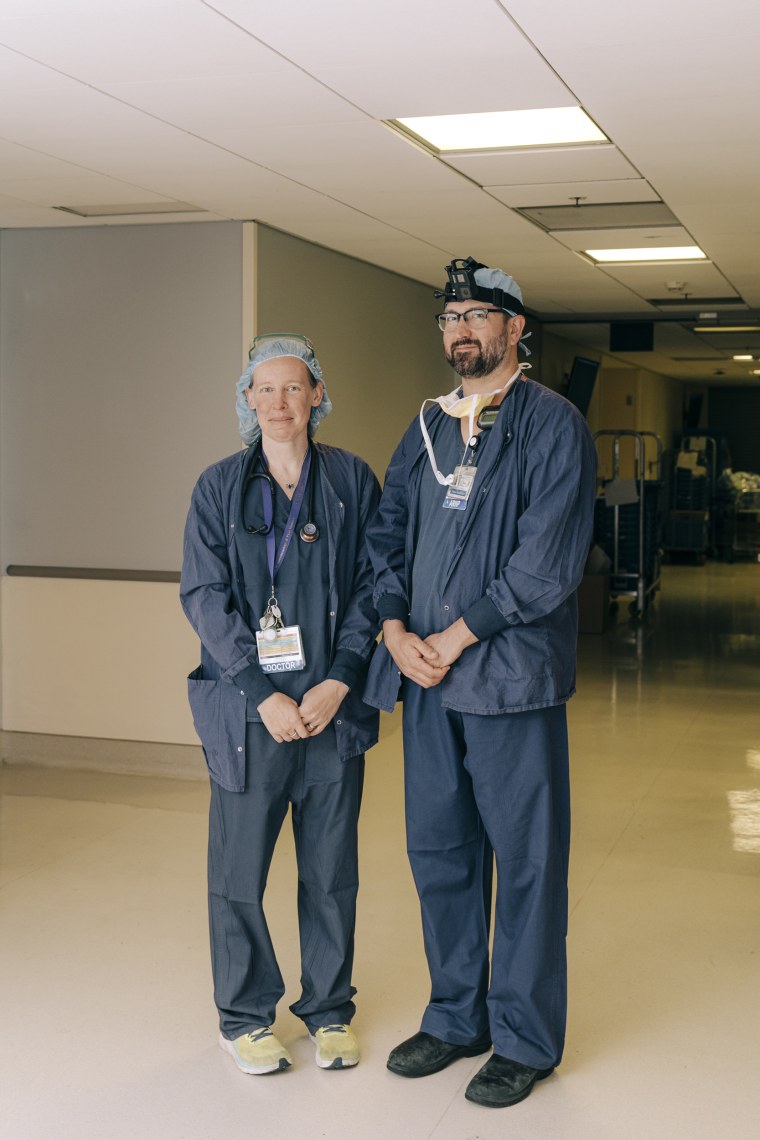In high-pressure operating rooms, medical professionals are prone to making critical medication errors that can have devastating consequences for patients. Despite efforts to improve patient safety, at least 1 in 20 patients still experience medical mistakes in the healthcare system. Medication errors, where patients receive the wrong dose or drug, injure approximately 1.3 million people annually in the U.S. and result in one death daily, according to the World Health Organization.
To combat this issue, researchers at UW Medicine in Seattle have developed an innovative AI-powered wearable camera system designed to detect medication errors in real-time. The technology, still pending FDA clearance, uses ‘smart eyewear’ to scan the immediate environment, reading labels on syringes and vials to identify potential mismatches.
How the Technology Works
The AI system, developed by Dr. Kelly Michaelsen, an anesthesiology expert and trained engineer, focuses on preventing vial swap errors, which account for around 20% of medication mistakes. The wearable camera, currently in the form of a modified GoPro headset, analyzes the labels on medication vials and syringes, alerting medical staff to potential errors.

In a study published last year, the device demonstrated 99.6% accuracy in detecting vial swap errors. The research team is now working on determining the best method for delivering warning messages to medical staff, with auditory feedback being a likely candidate.
Potential Impact on Patient Safety
The development of this technology has garnered significant interest from patient safety advocates and medical professionals. Dr. Dan Cole, vice chair of the anesthesiology department at UCLA Health, likened the potential of AI tools in reducing medical errors to the impact of self-driving cars on road safety.

While the technology shows great promise, experts caution that it should not be considered a fail-safe solution. Melissa Sheldrick, a patient safety advocate who lost her son to a medication error, emphasizes that technology is just one layer of safety and that addressing the root causes of medical errors is crucial.
Future Developments and Challenges
The researchers are exploring ways to expand the technology’s capabilities, including detecting the volume of drugs in syringes to prevent underdosing and overdosing errors. However, the broader implementation of AI in healthcare settings also raises concerns about data protection and privacy.

Dr. Nicholas Cordella, an assistant professor of medicine at Boston University, notes that while AI-enabled cameras can provide passive monitoring without adding cognitive burden to clinicians, there needs to be clear standards for monitoring and addressing potential breaches.
As the healthcare industry moves towards greater integration of AI technologies, medical professionals like John Wiederspan, a nurse anesthetist at UW Medicine, remain optimistic about the potential benefits. ‘Anything that’s going to make our job a little bit easier, spot any potential mistakes, and help bring our focus back to the patient is a good thing,’ Wiederspan said.


